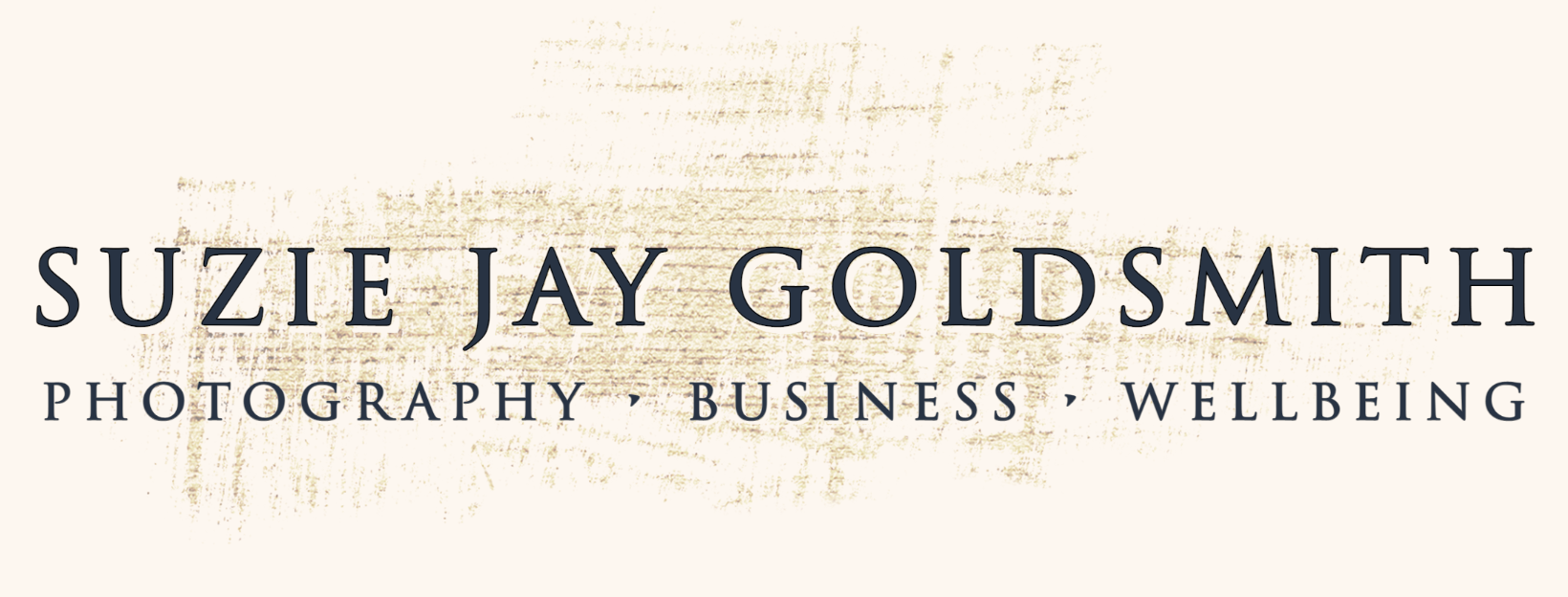5 REASONS WHY EVERY BUDDING PHOTOGRAPHER SHOULD OWN A 50MM f1.8 LENS
DSLRs are more and more affordable and many of us can pick one up without having to break the bank. However much you spend on your camera though has no real baring on your ability to take great photos. Mostly, it’s just learning to really see and understand light, as well as find pleasing composition and story. And the only real way to do this, like most things worth knowing, is through practice, practice and then more practice.
Having said that, there is one bit of kit advice that I’d like to offer if you’re serious about wanting to take better photos. Take off the kit lens that came with your camera and replace it with a 50mm f1.8 lens.
Why?
1) It's inexpensive
As a Canon user, one of the first lenses I owned was a 50mm f1.8. I shot with this for a long time before I was able to afford any of the bigger, more expensive lenses and it served me very well. It’s still in my top three favourite lenses along with my 35mm f1.4 & 85mm f1.8. If you’re shooting Canon you can pick up a 50mm f1.8 here for less than £100. Don't be fooled by the lightweight, plastic feel to it, this is a great lens capable of producing wonderfully sharp images and beautiful colours.
2) It has a wide aperture
This just means that your lens is able to let more light in. The lower the "f" number of your lens, the more light can reach your camera sensor. The lower the number, the "faster" your lens is considered to be. The average kit lens will only open up to around f3.5 so the chances of you successfully shooting in low indoor light are pretty slim unless you use a flash.
Without a flash, a kit lens would typically be "slow" and cause you to take blurred photos. The 50mm f1.8 is a great at handling low-light situations without a flash. If you were able to spend a bit (or a lot) more on your 50mm lens you might even want to opt for the 50mm f1.4 or even the 50mm f1.2.
3) The field of vision is close to the human eye
The 50mm lens is generally regarded as producing the closest field of view to the human eye. This is why it is often called a "standard" or "normal lens". If you’re shooting with a full frame sensor, it matches the perspective seen by the human eye without any distortion. Leica calls it “the natural image angle”. It's excellent for creating natural looking images, especially when shooting portraits.
4) It helps you work to become a better photographer
Zoom lenses make it too easy to just point and shoot without thinking too much about whether all the elements in your frame look right. The 50mm lens has a fixed focal length so you really need to zoom with your feet, as it were. You, yourself have to move to get closer to your subjects. This physical act forces you to think about your composition that much more before you press the shutter. It encourages you to be mindful, keeping you grounded and creatively stimulated.
5) It's versatile
Almost any situation you could think of can be shot with a 50mm lens. In terms of photographing your children it’s perfect. Great for making lovely portraits but equally perfect if you want to hang back and include storytelling elements in your photos.
Whether you are opting for the f1.8, f1.4 or f1.2, the 50mm is one of the most portable and versatile lenses out there. It's lightweight enough that you can start carrying your camera with you everywhere you go. Henri Cartier-Bresson once said that “Your first 10,000 photographs are your worst”. If this is true, carrying your camera with you and using it as often as possible can only help you improve.
Do you own a 50mm lens yet, what do you use it for? Let me know in the comments below.
(thumbnail image kindly provided by Unsplash)









